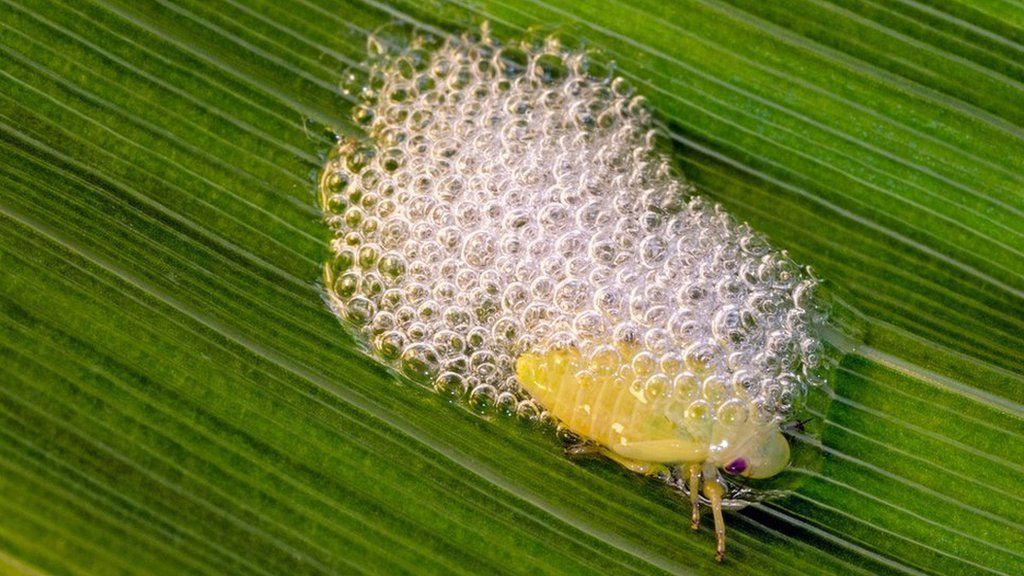Spittlebugs

Scientific Name
Cercopidae
Description
Spittlebugs are nymphs of froghoppers that produce a frothy, spittle-like mass as a protective covering while feeding on plant sap. They are typically found on young plants and grasses, and the characteristic froth is a key identifier.
Characteristics
Small and soft-bodied, spittlebugs are often pale in color and concealed within a bubbly mass that helps retain moisture and deter predators. Their feeding can stress plants, though damage is usually cosmetic unless infestations are heavy.
Control Methods
- Organic sprays: Apply neem oil or insecticidal soap as an organic measure to further deter spittlebug feeding without harming beneficial insects.
- Cultural practices: Practice crop rotation and clear away plant debris to remove potential habitats. Avoid over-irrigation which can create ideal conditions for spittlebug development.
- Preventive methods: Maintain vigorous plant health with proper watering and balanced fertilization to make plants less attractive to spittlebugs. Regular inspection during the early growth stages helps in early detection.
- Biological controls: Encourage natural predators such as spiders, predatory beetles, and parasitic wasps to reduce spittlebug numbers naturally.
- Mechanical physical: Use a strong jet of water to dislodge the frothy masses from plants and manually remove them if infestations are minor.
Natural Enemies
- Spiders
- Predatory Beetles
- Parasitic Wasps